Fragile Facades: Illusions of Change in Kabul’s Contemporary Architecture
by Muheb Esmat
Kabul Dubai Wedding Hall (Photo: Kabul Dubai Wedding Hall Facebook page)
On a sweltering summer afternoon, the year before last, Mustafa and I went for lunch at his favorite restaurant at the corner of Flower Street in Kabul. It’s one of those modest old school Kebab joints housed in a mud-brick building with a wood beam roof, where the sweet smell of mutton fat fast slipping on burning coals drifts through the air in a theatrical fog. Framed photos of Queen Suraya and a man in military uniform with a distinguishably sculpted mustache kept us company on the walls as we dined. As we walked back through the streets in the shadows of newly constructed buildings, we began to consider the city’s changing face, ever more visible and overwhelming in the architecture’s jarring juxtaposition to the old restaurant. In his gently energetic manner, Mustafa rhetorically probed, “Why do we keep building these shocking buildings?”
A single-family residence in Sher-Pur, Kabul. (Photo: Sutika-Sipus 2012)
Over the past two decades, Afghanistan’s capital—and the most populated city—has seen a massive wave of construction and renewal, giving Kabul an intentionally distinguishable face by adopting an enigmatic architectural style that is simultaneously heroic and banal. The ‘shocking’ buildings Mustafa refers to are the ornate concrete structures that have crept into every corner of the city. Massive homes are built with overly decorated balconies, plaster-formed Corinthian capitals, grand rooftops, genuinely complex and intricate ornamentation, and windows that stretch across multiple levels. While commercial real estate buildings have increasingly dawned a homogenous look through adopting green and blue glass façades, this new architecture (a novel form of monumentality) borders between visually arresting and outwardly jarring.
A residential property in Sher-Pur, Kabul. (Photo: Zalmai Ahad)
As it happens, this walk was not the first time I took a deeper look at this new design. More specifically, the city’s paradoxical relation with glass has always intrigued me. Throughout the past two decades, glass has become a visible and fundamental element in Kabul’s architecture, deployed as both an outright facade or in the boundaries of windows that have increasingly grown in size. While the influx of glass is hardly unique, its presence in contrast to Kabul’s social and political environment makes its prominence a contemporary oxymoron.
A residential property in Khair Khana, Kabul. (Photo: Muheb Esmat)
On the one hand, understanding the predominance of glass in Kabul seems relatively straightforward. As part of a broader semiotic language to invoke power, status, and class, glass has earned its place in association with elegance and progress. Its presence serves to affirm the owner’s aesthetic aspirations and economic glory. But once we step beyond this shiny surface and consider its functionality, we begin to realize the city’s new relationship to glass architecture is not as easy to understand.
Traditionally, there has been a prevailing duality between public and private space in Afghan culture. Informed by an often hard-to-untangle mix of religiosity and culture, the sanctity of private space is frequently bound to the limitation of the outside gaze. Historically, this has resulted in the construction of tall walls surrounding residential homes and modesty in the size and placement of windows. Considering this evident divide, glass’s predominance, which allows for increased visibility, becomes a paradoxical element. This new visual and aural transparency must be mitigated, such as with the addition of a film that creates one-way visibility allowed only from the inside; layers of curtains meant to stay closed; or even, in some cases, by additional walls. These interventions serve as further evidence that there is an apparent discomfort with the extended use of glass.
Damaged windows after a bomb explosion in Kabul. (Photo:Rahmat Gul/Associated Press)
If the cultural contradictions weren’t enough, the permeability and fragility of excessive glass is further echoed by the prominent forces of war. A recurring scene after every explosion in Kabul—of which there are too many—is the image of shattered glass. The harrowing pictures of buildings undressed of their glossy facades by the shockwaves of explosions have become a symbolic manifestation of the shared experiences of combat. When crumbled into pieces, the same glass reflects this architecture’s inherent shortcomings in truly apprehending its immediate surroundings. Perhaps, however, this fragile glass represents hope for better days and resistance against the conflict’s demands.
Hence, I want to be cautious not to dismiss these design choices based on their apparent shortcomings entirely. Instead, let us begin to take a more comprehensive look at the complex histories that have led to the formation of this architecture, which stretches farther than the use of glass. While understanding all the roots and elements of this new architecture require far greater research than this essay, what could propel and sustain that investigation is a realization that there are valuable dispositions to this architecture.
Close up details of an apartment building in Khair Khana, Kabul. (Photo: Muheb Esmat)
To start, we ought to consider that Kabul’s recent developments come on the back of a catastrophic period: beginning with the Soviet-Afghan war in the 1980s and further escalating with the subsequent civil war and the Taliban regime in the 1990s, which together left a devastating mark on the city’s architectural infrastructure. Before this period, Kabul was home to divergent forms of architecture ranging from local styles of mud-brick and wood beam structures appropriate to the climate and ingrained in the resources locally available to the baroque, international, constructivist, and Stalinist architectures adopted throughout the 20th century. Some examples of these architectural styles were able to withstand the physical destructions of war and are still visible around the city. But with or without physical scars, these surviving monuments come to occupy a contentious space as both markers of a past with relative stability and prosperity and living monuments of the war they witnessed. It’s worth wondering how this contentious history was not only a factor in the destruction of Kabul's architectural infrastructure but also played a crucial role in its citizen’s abandonment of prior architectural forms in search of the new. In many ways, this reaction may be an unconscious measure to clean the city of any marks of the past and start a new chapter looking for a visibly distinct future.
A residential street in Kabul. (Photo: Hogai Aryoubi on Flickr)
This new chapter is then profoundly shaped by Afghans' view of the world outside the country. Its peculiar choices of mixing divergent architectural elements spread across time and geography have strong roots in the nation’s increasing globalization, facilitated through its recent migratory past (also a consequence of the war) and its current visual economy. For example, considering the influx of Afghans that immigrated to Pakistan during the war or workers that came to Kabul from Pakistan in search of better pay, one could begin to see vast similarities between Kabul and Peshawar’s architecture. It is as if the displaced peoples packed their bags with the visual and aesthetic sensibilities that had welcomed them at their most vulnerable times.
Simultaneously, local aesthetic sensibilities and understandings of the world outside are increasingly shaped by popular media. With the likes of Hollywood and Bollywood films and Turkish soap operas, and more recently, the Internet, there are plenty of sources far and wide to inspire and adopt. Simply put, Kabul’s sculptural and playful architectural forms and its tendency to cross-pollinate architectural cultures are indicative of an underlying structure open to diversity. Though at times visually paradoxical, this architecture’s heroism is found in its search for unity through inclusion, which creates a form of heterogeneous pluralism that could live with conflicting views. Such a diversity of influences holds inherent value in a society divided across linguistic, ethnic, and cultural lines.
With all these thoughts and questions in mind, I think the significant complexity underlying Kabul’s architecture at the moment is a lack of in-depth and objective history, research, and critiques. In a country still grappling with a conflict more than four decades old, the rate of obsolescence of architectural styles and modes is as fast if not faster than the denigrating political and economic systems fostering them. While architectural tendencies often disappear or morph into new shapes with no extensive record and understanding of them left behind, they will continue to leave a mark on the citizens’ cultural memory. At the moment, contemporary Kabul could only be summarized as having an architecture that is both born out of and cultivates complexities and contradictions. While I still can't offer Mustafa any concrete answers as to why we replicate these buildings, I know that if we proceed with this lack of critical and objective engagement with this architecture, it will continue to pose more questions.
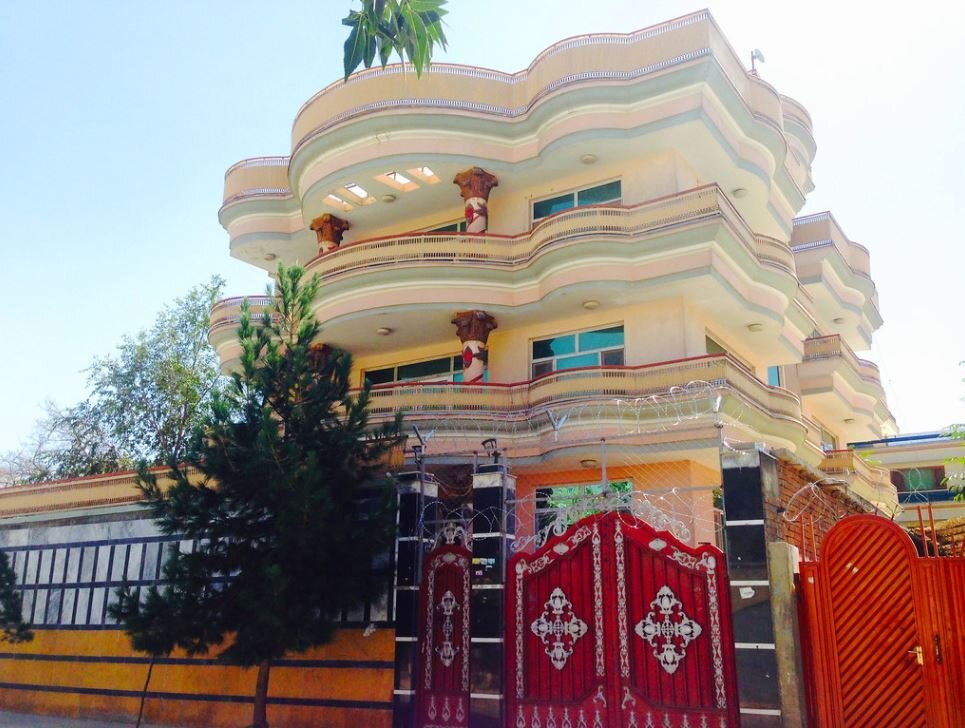
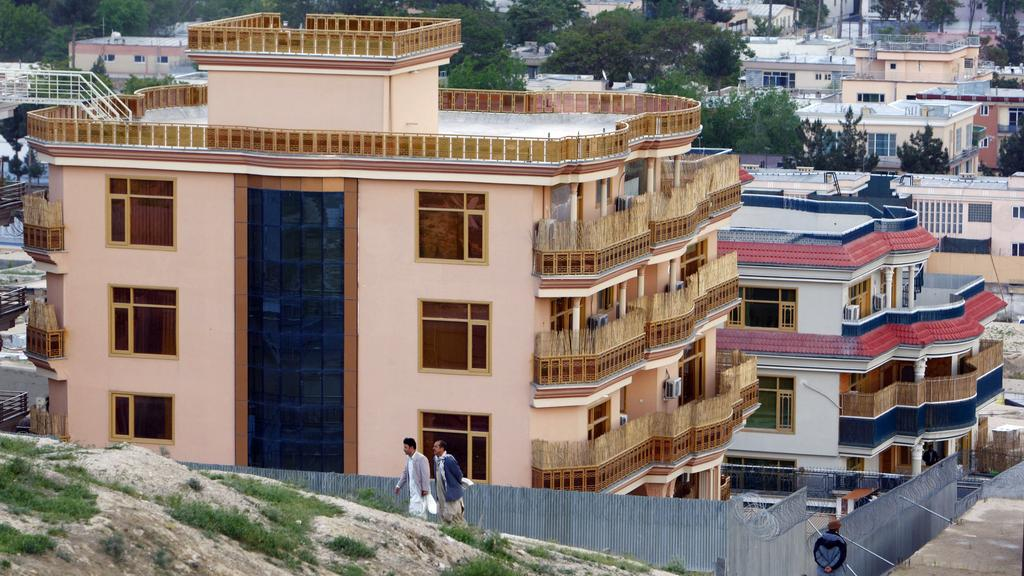
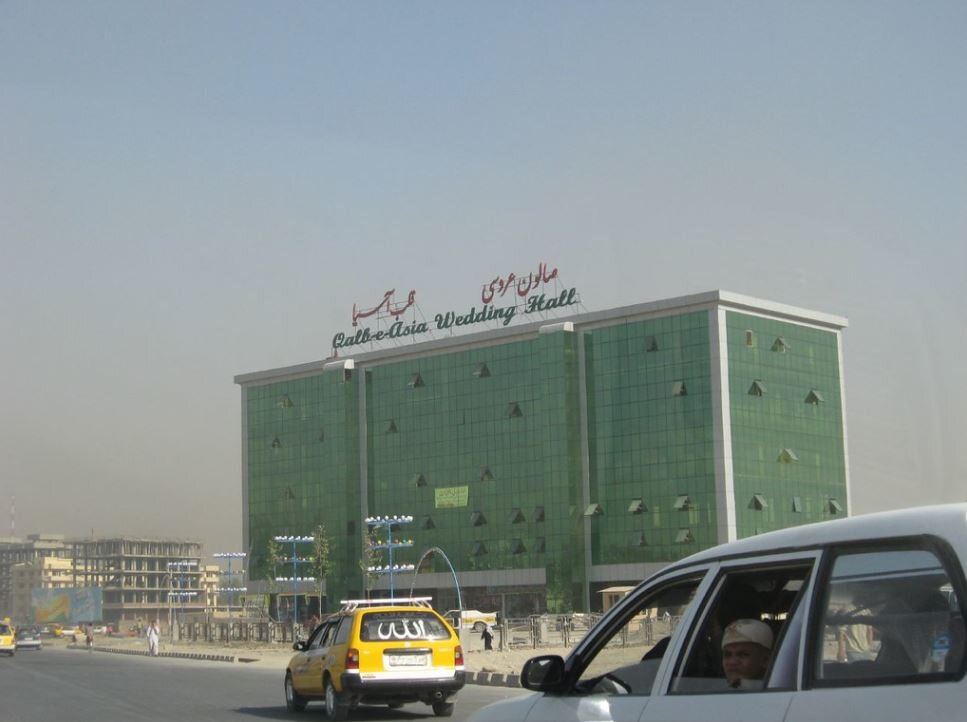
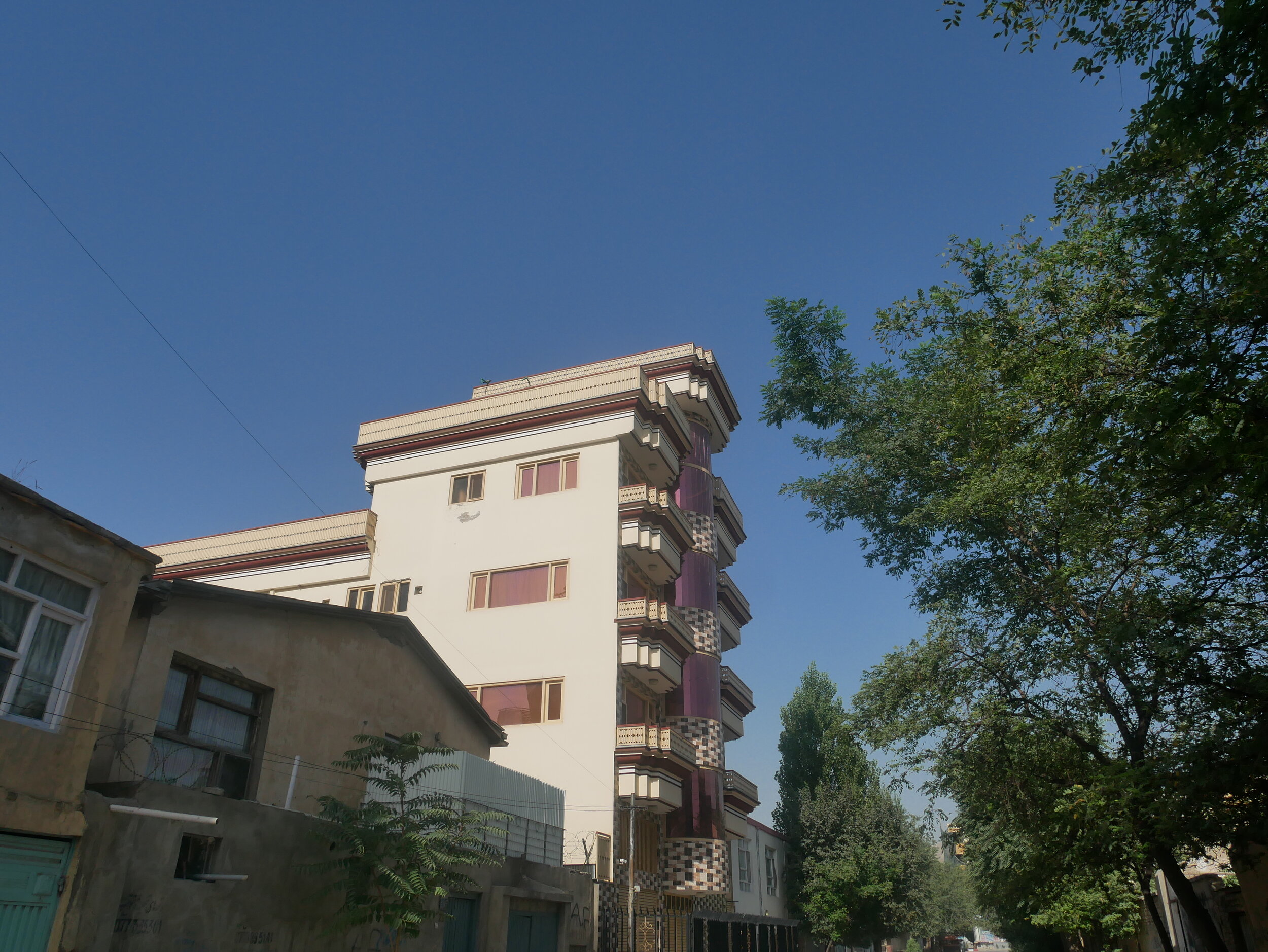
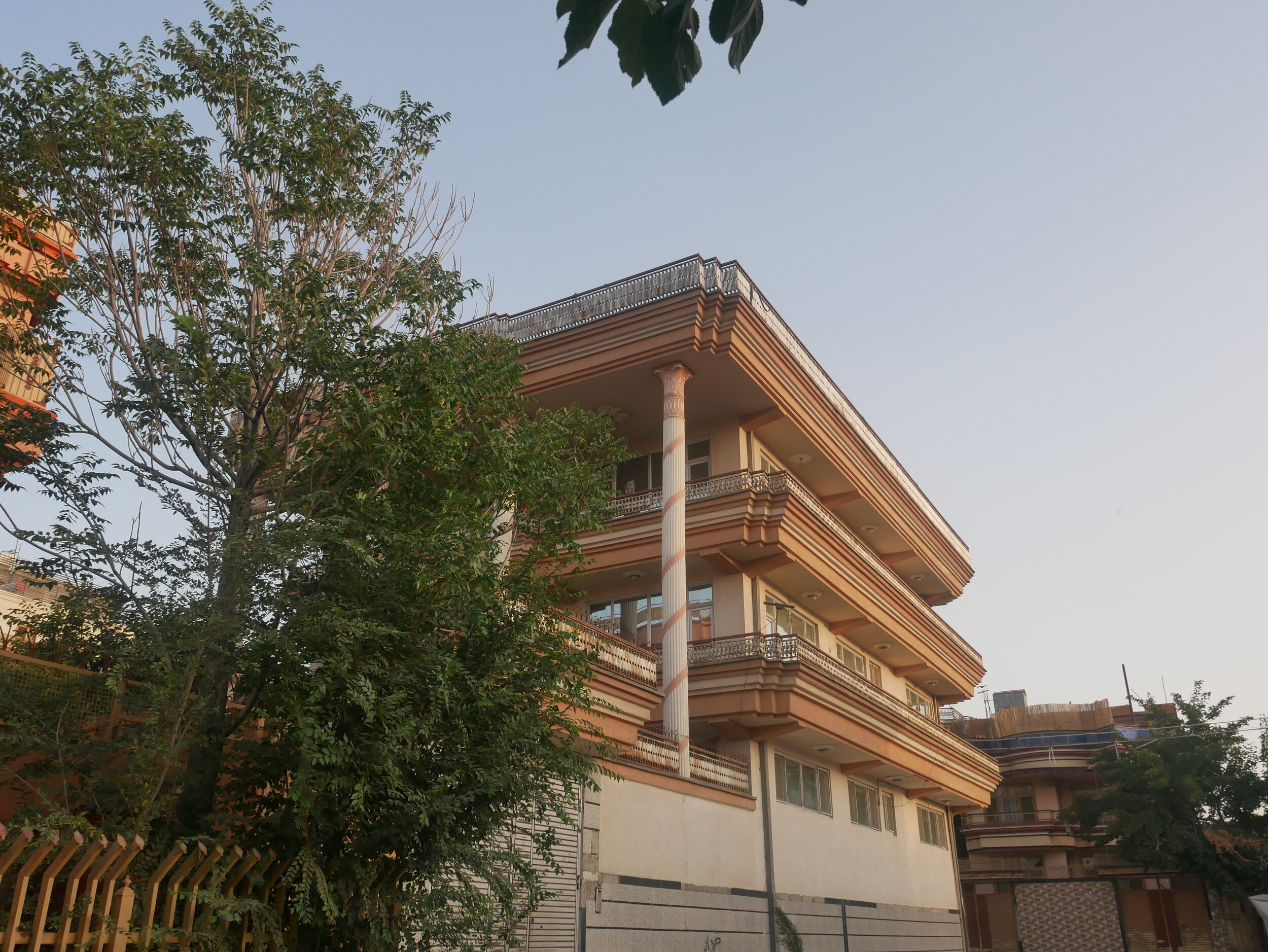

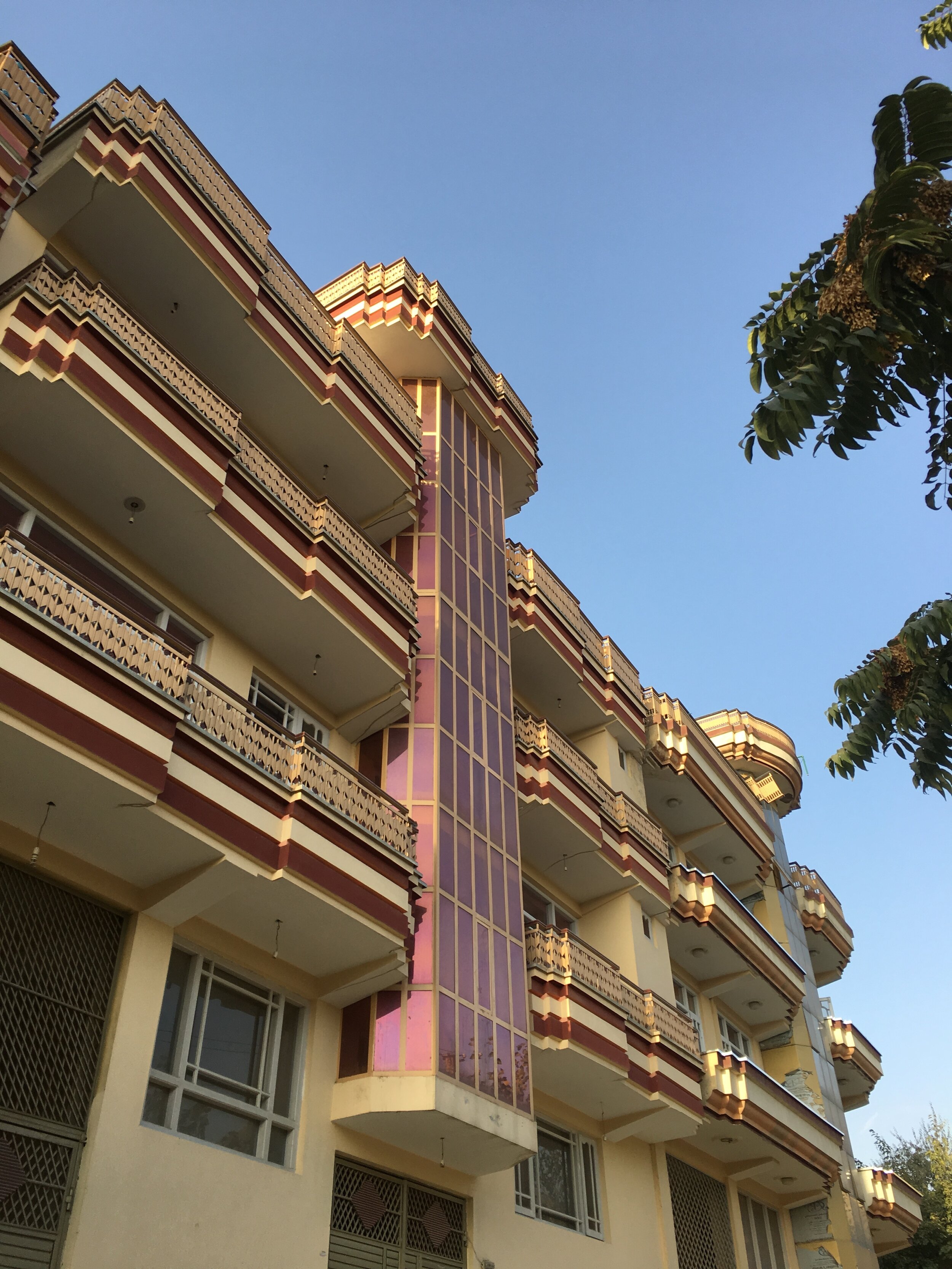
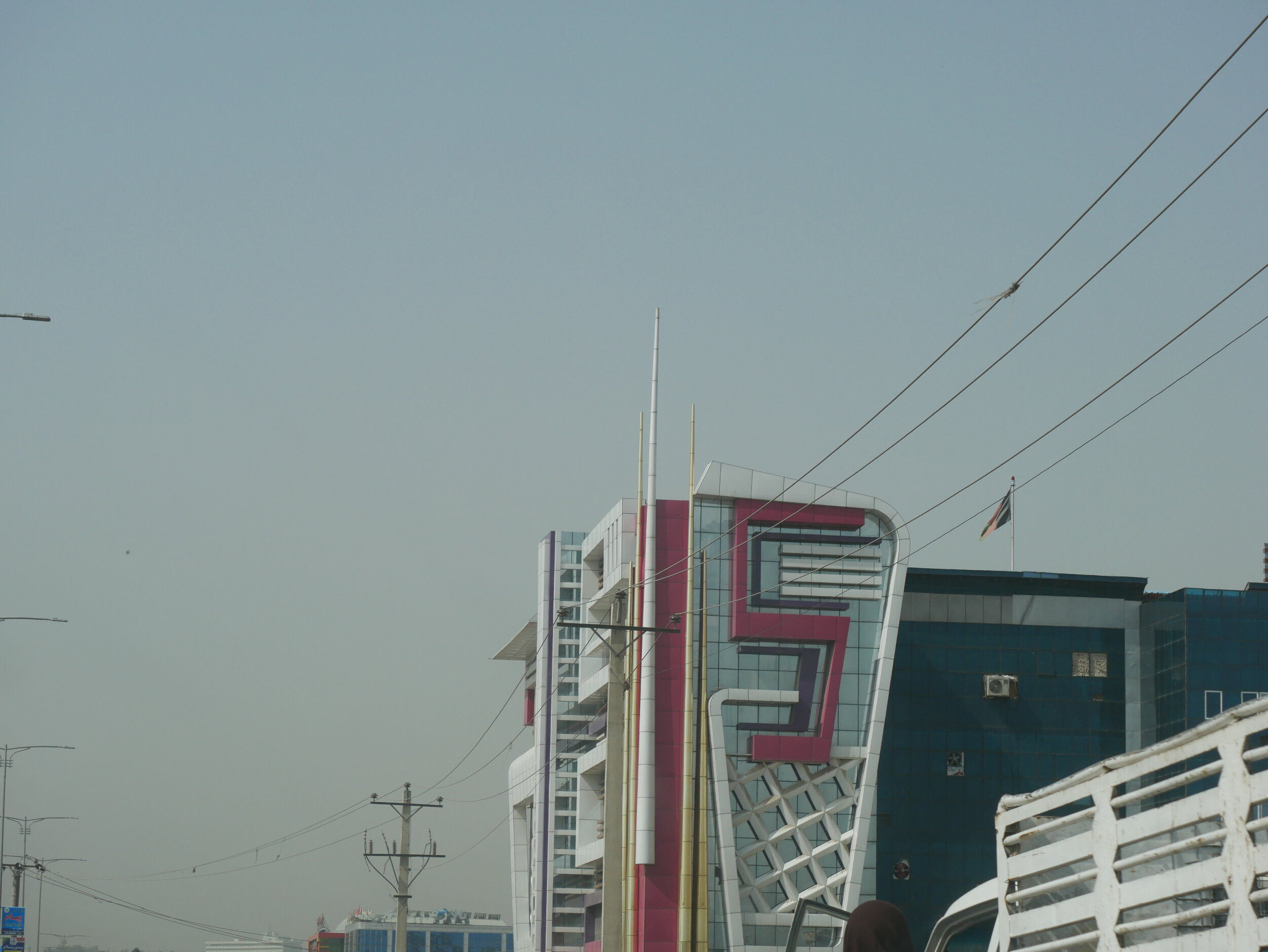
Muheb Esmat is a curator based in New York.







